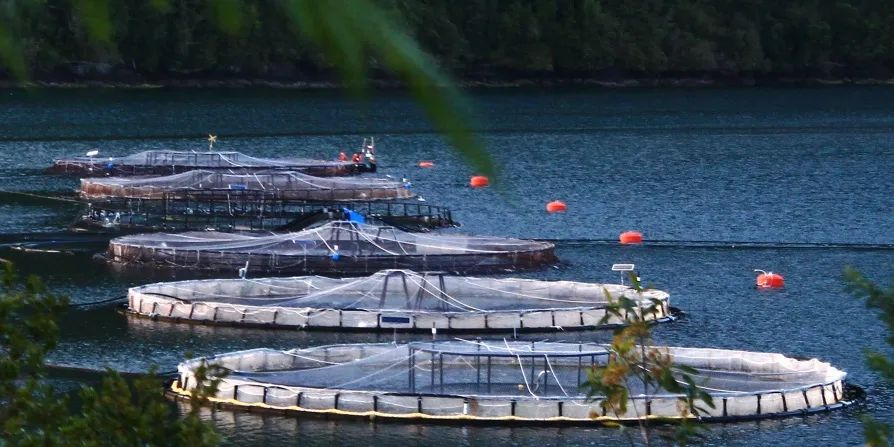What role will lower salmon production play in industry consolidation?
Report details how the top 25 farmed salmon companies are preparing for a fall in production growth.

Report details how the top 25 farmed salmon companies are preparing for a fall in production growth.
